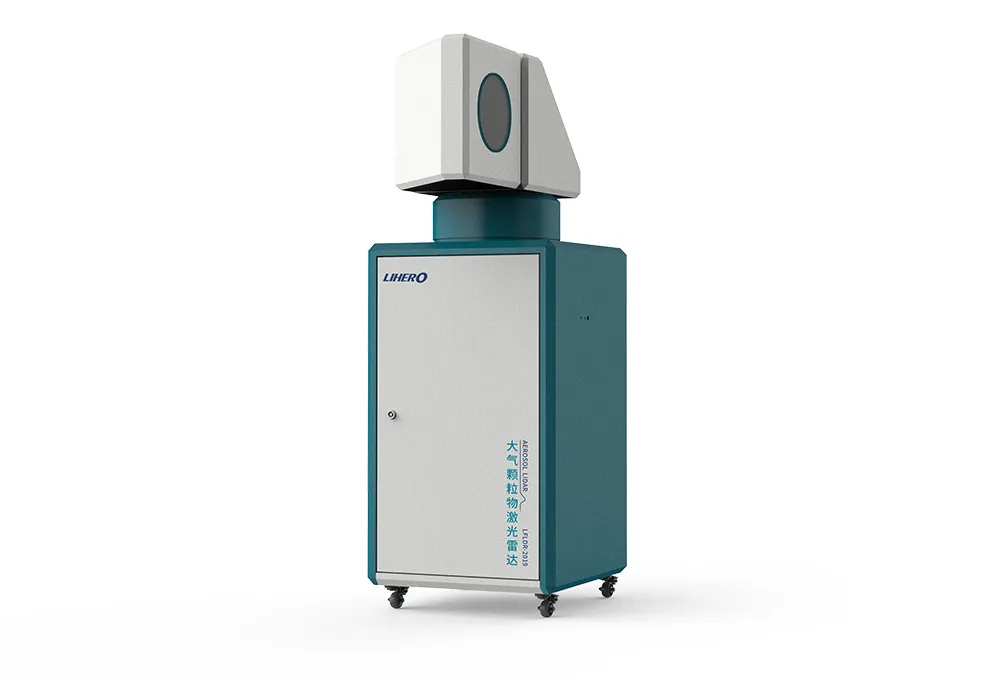
This product uses atmospheric particle monitoring LiDAR to analyze the extinction and polarization characteristics of particles, thereby distinguishing the temporal and spatial distribution of particles and identifying dust, clouds, and local pollutants. It can qualitatively identify non-spherical particles (sand blowing, sandstorm monitoring) and spherical particles (secondary particles). Through different placement methods, it can be used to distinguish the source and distribution of pollutants. When placed vertically, it can be used to determine whether there is exogenous pollution input. When scanning horizontally, it can accurately locate the specific location of the pollution emission source, thereby achieving the purpose of accurately tracing the pollution emission source in the area.
With “Dual-wavelength three-channel design”, it can detect particle sizes up to nanometers, effectively distinguishing the type and source of particulate matter.
With Millijoule laser light source design, it has high single pulse energy and can detect with an altitude of 10km in heavily polluted weather.
It can be used to detect the vertical distribution and spatiotemporal evolution characteristics of atmospheric particles, detect the vertical distribution and spatiotemporal evolution characteristics of clouds, detect the structure and spatiotemporal evolution characteristics of the atmospheric boundary layer, detect the polarization optical properties of atmospheric particles, and realize the qualitative identification of non-spherical particles (sand blowing, sandstorm monitoring) and spherical particles (secondary particles).

 31/F, Tower Two, Times square, 1 Matheson Street, Causeway Bay, Hong Kong
31/F, Tower Two, Times square, 1 Matheson Street, Causeway Bay, Hong Kong 86 (0)731-89736888
86 (0)731-89736888 overseas@lihero.com
overseas@lihero.com